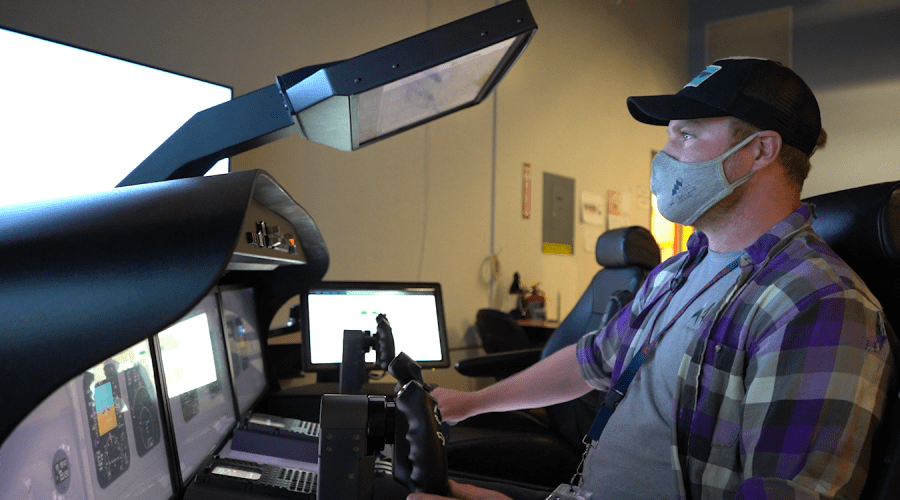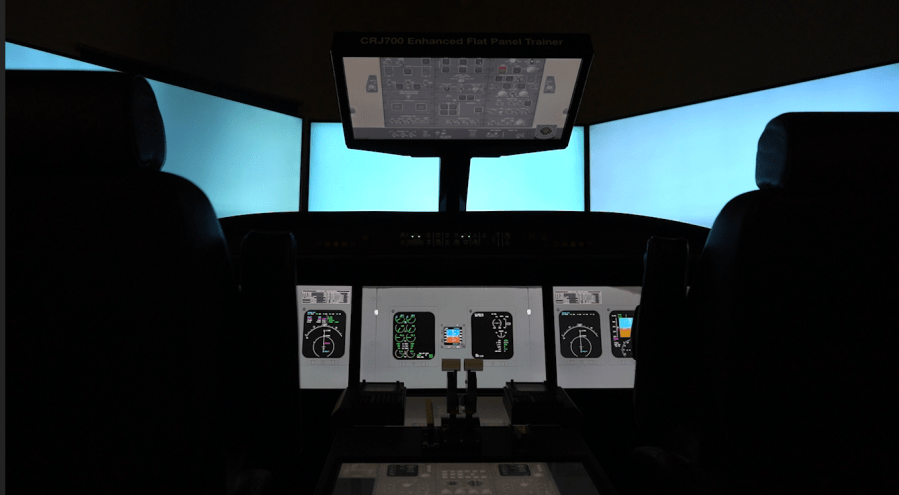DENVER (KDVR) — Pilots prepare and train for mid-flight engine failures on a routine basis. Many students studying to become pilots begin simulating the type of scenario that happened to United Airlines flight 328 early in their college career.
At Metropolitan State University (MSU), aviation and aerospace majors practice on various different types of flight simulators, including one very similar to the Boeing 777.

“This particular event, the loss of an engine in flight, is one of the scenarios we address in this class,” said Associate Professor Derren Duburguet.
Duburguet decided to use the flight 328 engine failure as an example to teach all 12 of his students how to properly respond using a L3Harris simulator, simulating a CRJ 700 airplane.
“My first thought when I saw the video is we are witnessing something that is trained for and was successfully executed,” said Duburguet.
On Monday, MSU Senior Steven Starkebaum calmly moved through the motions to bring the twin-engine aircraft back to Denver International Airport (DIA) after the right engine caught fire.
“Everything is all right, we keep flying, and, as you can see, our engine is still on fire in this simulation, but it’s pretty calm in the cockpit; We are setting everything up just fine,” said Starkebaum as he showed FOX31 how he prepared for landing. “There’s no need to panic at all right now.”

“Any event like that is going to be unsettling, but your training kicks in,” said Duburguet. “It’s amazing how your training kicks in at that level.”
Aviation expert Steve Cowell tells FOX31 the pilot flying the Boeing 777 from Denver to Honolulu was most likely in autopilot when the engine explosion happened, based on the altitude he was at during that time. It’s also possible the pilot used autopilot settings after the explosion while returning back to DIA.
“I was just thinking what it would be like to be in the cockpit,” said Starkebaum. “They did everything right, probably ran the checklists, flew the plane and communicated with ATC. Hats off to them.”
